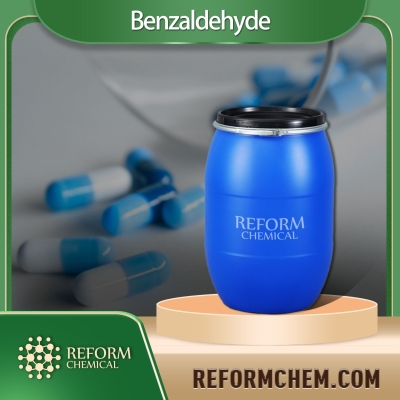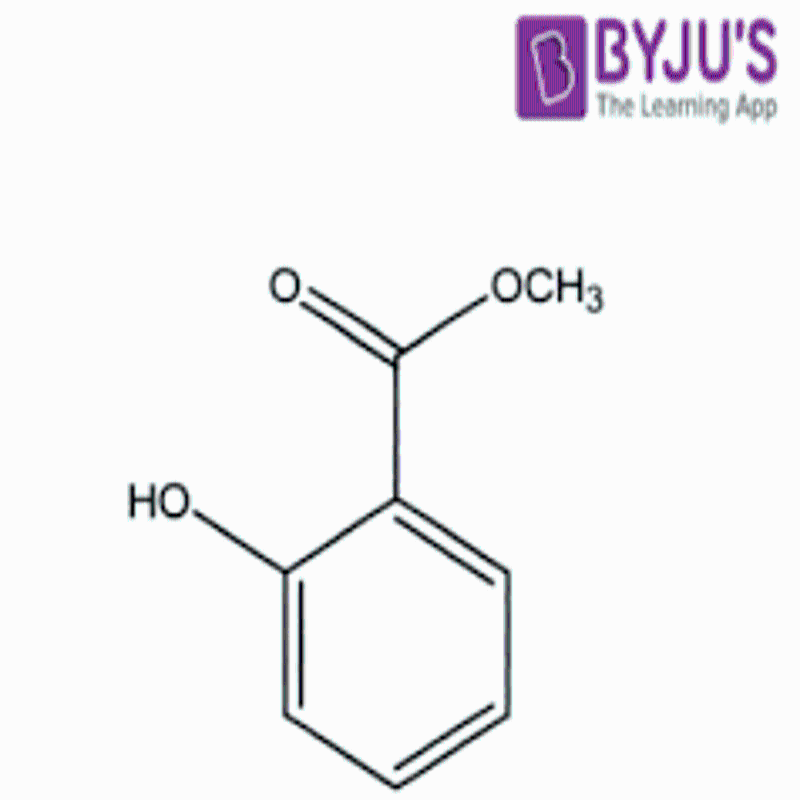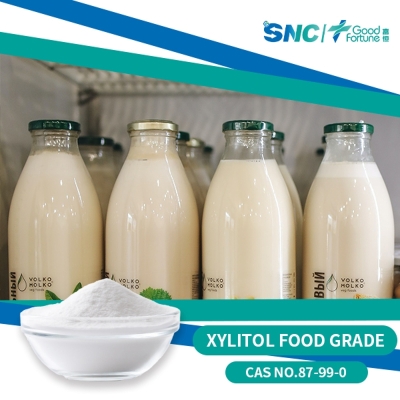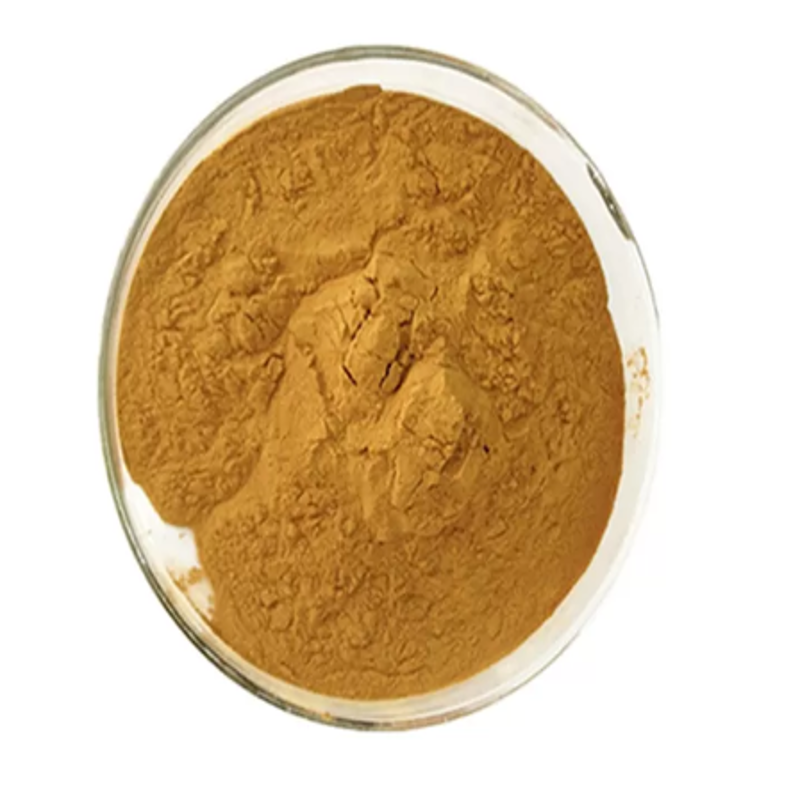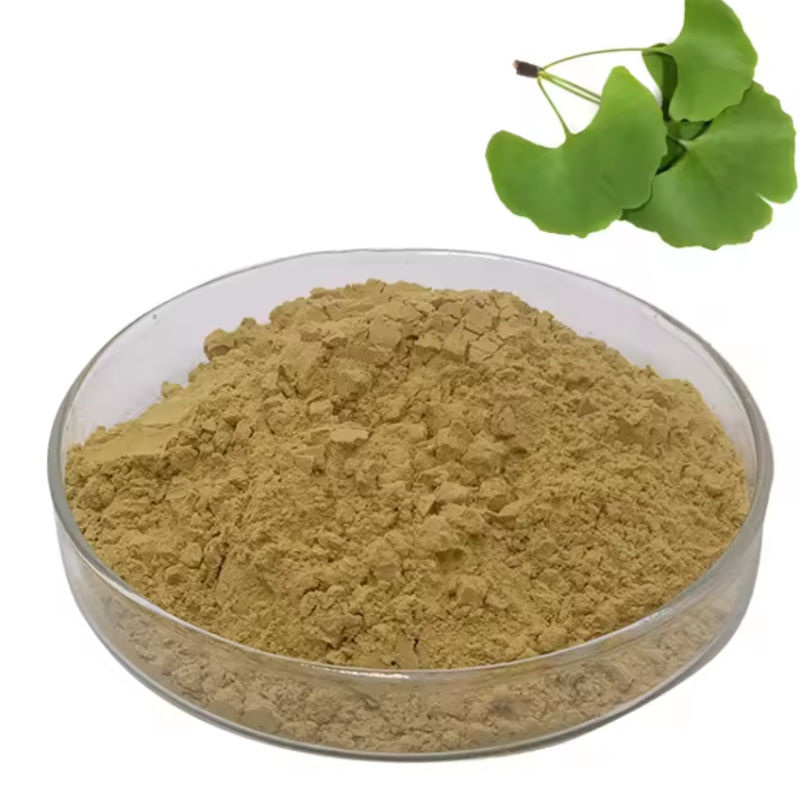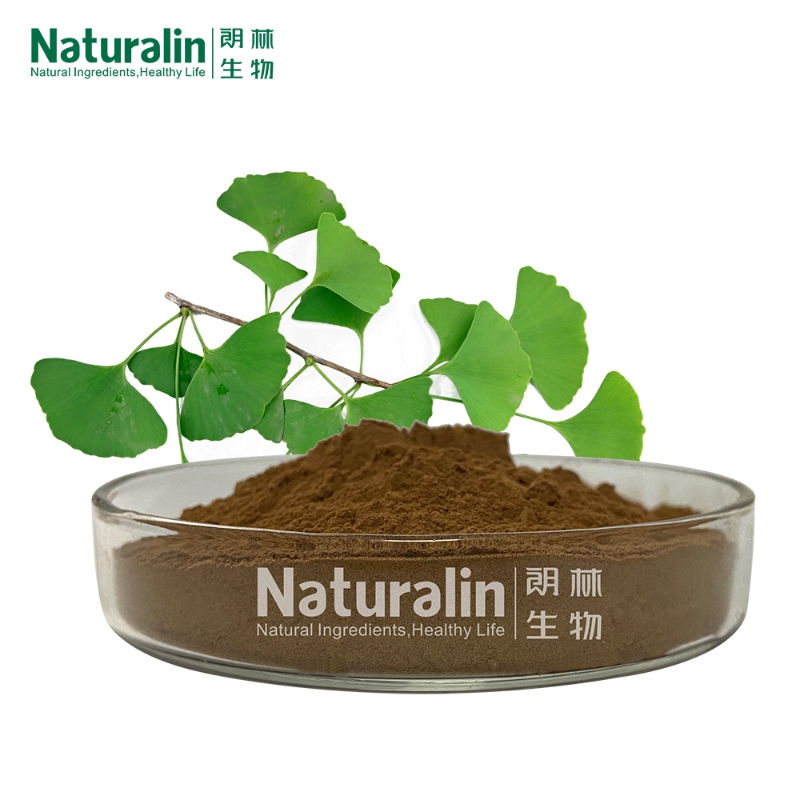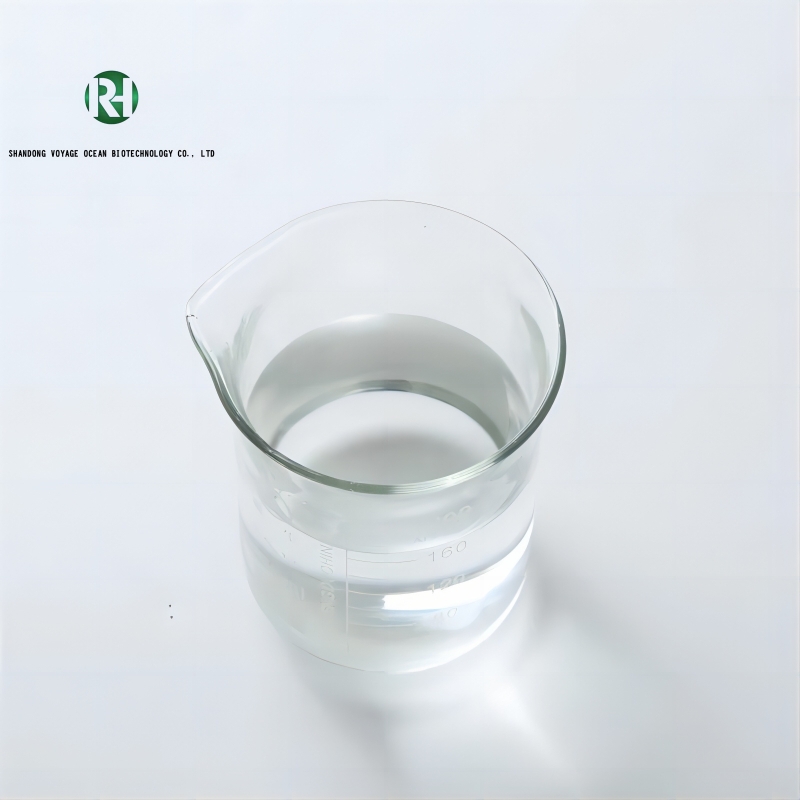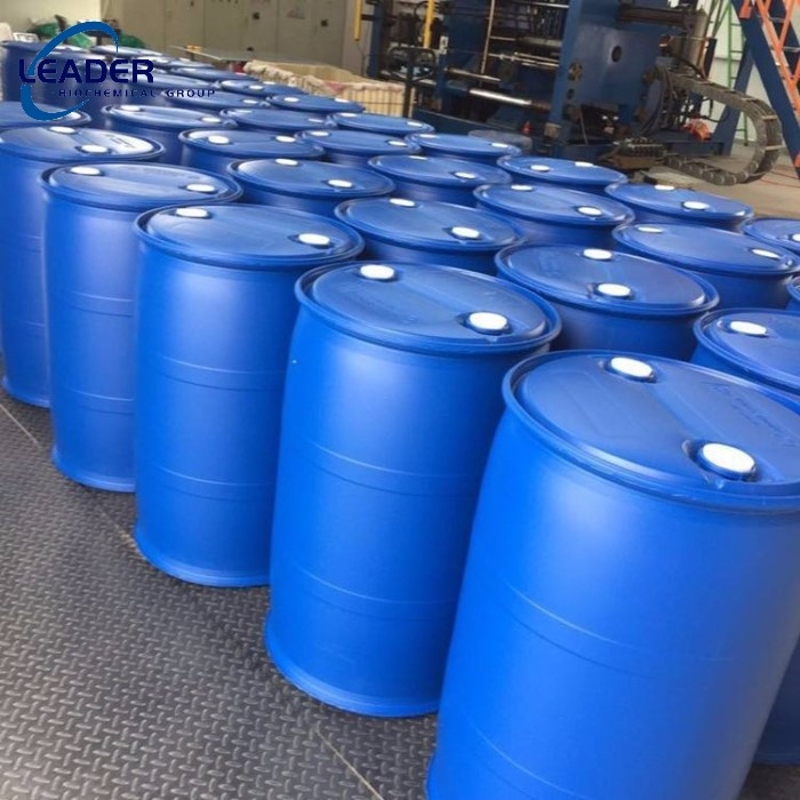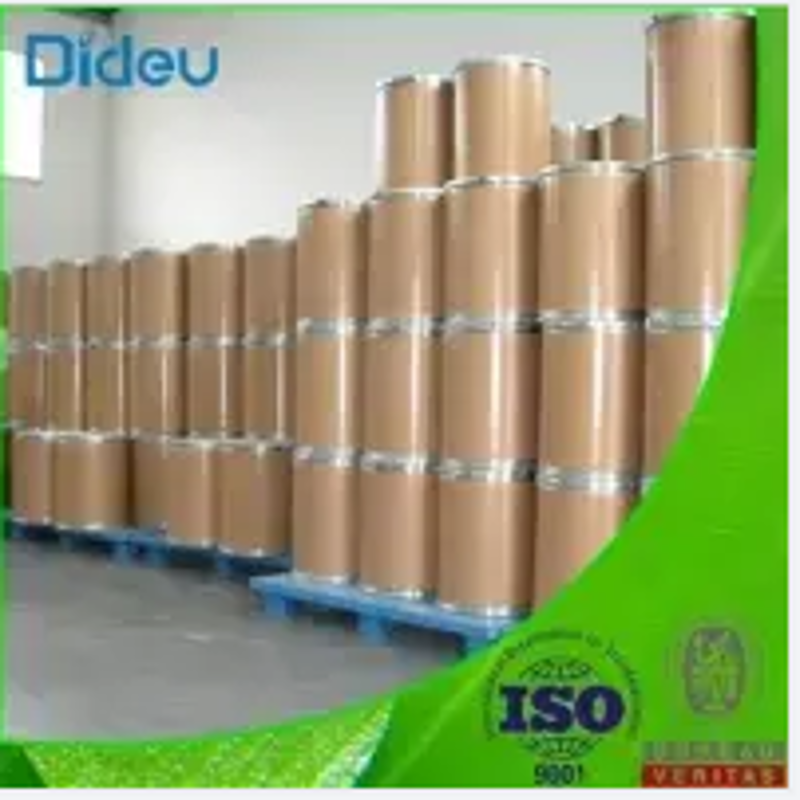Cosmetic Ingredient
- • Abrasive (124)
- • Absorbent (84)
- • Anticaking (66)
- • Anticorrosive (25)
- • Antifoaming (19)
- • Antimicrobials (290)
- • Antioxidant Ingredient (393)
- • Antiperspirant (20)
- • Antiplaque (48)
- • Anti-seborrheic (38)
- • Anti-sebum (39)
- • Antistatic (458)
- • Astringent (162)
- • Binding Agent (172)
- • Bleaching Agent (53)
- • Buffering (191)
- • Bulking (109)
- • Chelating (122)
- • Cleansing (679)
- • Cosmetic Colorant (212)
- • Cosmetic Preservative (158)
- • Denaturant (45)
- • Deodorant (98)
- • Depilatory (27)
- • Dissolving Agent (298)
- • Emollient (795)
- • Emulsifying Agent (480)
- • Emulsion Stabilising (154)
- • Exfoliating (19)
- • Film Forming (299)
- • Flavouring (72)
- • Foam Boosting (161)
- • Foaming (101)
- • Fragrance Ingredient (726)
- • Gel Forming (19)
- • Hair Conditioning (670)
- • Hair Dyeing (363)
- • Hair Fixing (36)
- • Hair Waving or Straightening (45)
- • Humectant (282)
- • Hydrotrope (92)
- • Keratolytic (20)
- • Light Stabilizer (80)
- • Moisturising Agent (50)
- • Nail Conditioning (42)
- • Occlusive (20)
- • Opacifying (119)
- • Oral Care (123)
- • Oxidising (19)
- • Perfuming (2105)
- • Plasticiser (98)
- • Propellant (19)
- • Reducing (50)
- • Refatting (12)
- • Refreshing (26)
- • Skin Cleansing (388)
- • Skin Conditioning (1751)
- • Skin Humectant (21)
- • Skin Protecting (282)
- • Smoothing (31)
- • Soothing (71)
- • Tonics (155)
- • UV Filter (34)
- • Viscosity Controlling (532)
Chemicals as Skincare Ingredients
Related News
-
Pfizer China Oncology Division Restructures Amid Executive Changes
2025-03-19 -
Price Surge Alert as Major Suppliers Increase Barium Sulfate Costs by 200 Yuan per Ton
2025-03-20 -
Shell Considers Partnering with the U.S. and Closing European Chemical Assets
2025-03-26 -
Quaker Houghton Acquires Dipsol Chemicals, Strengthening Advanced Solutions Portfolio
2025-03-27 -
AstraZeneca to Invest $2.5 Billion to Establish Global Drug R&D Center in Beijing
2025-03-25 -
Saudi Aramco CEO: Invest in downstream projects in China's energy, chemical and other fields
2025-03-28
Flavouring
Benzaldehyde
(100-52-7)-
Industrial Grade / 99%
-
Industrial Grade / 99%
-
- / 99%
-
Industrial Grade / 99%
Magnesium chloride
(7786-30-3)-
Cosmetics Grade / 99.9%
-
Industrial grade / 99%
-
Industrial Grade / 99%
-
Aspartame
(22839-47-0)-
Cosmetics Grade / 99%
-
Pharmacy Grade / 99%
$0.1/KG FOB
-
Industrial grade / 99%
$1.01-1.02/KG FOB
-
Food Grade / -
Methyl salicylate
(119-36-8)-
Cosmetics Grade, Pharmacy Grade / 98%
-
Industrial Grade / 99%
-
- / 99.00%
-
- / 99.00%
Xylitol
(87-99-0)-
pharmaceutical grade/food grade / 99%
-
Chemical Grade / 99%
$19/KG FOB
-
- / 0.00%
-
Food Grade / 99%
Source Flavouring Products Supply
Cinnamaldehyde
(104-55-2)-
Industrial grade / 99%
-
- / 99.9%
-
-
- / 99.00%
Request for quotation , get quotes from more suppliers.
Magnesium chloride (MgCl2) hydrate (1:6)
(7791-18-6)-
Industrial Grade / 99%
-
Chemical Grade / 99%
$1/KG FOB
-
- / 0.00%
-
- / 99.00%
Request for quotation , get quotes from more suppliers.
Ginkgo biloba extract
(90045-36-6)Flavonoids in Ginkgo biloba has antioxidant activity, thus can be added as an antioxidant into fats and sweets. Total flavonoids are mostly yellow, and have a wide solubility spectrum including both water-solubility and lipid solubility, so it can play a role of coloring agent. People can process Ginkgo biloba into ultrafine powder and add into food. Grinding ginkgo leaf ultra-finely and adding to cakes, biscuits, noodles, candy, ice cream as 5% to 10% can
-
Medicine /cosmetic Grade / 24%
-
pharmaceutical grade/food grade / 99%
-
Pharmacy Grade / 100%
-
- / 27%
$78-90/KG FOB
Request for quotation , get quotes from more suppliers.
Olive oil
(8001-25-0)-
Food Grade / 99%
-
- / 0.00%
-
- / 99.5%
-
Food Grade / 99%
Request for quotation , get quotes from more suppliers.
Cinnamyl alcohol
(104-54-1)-
Industrial Grade / 99%
-
Industrial Grade / 99%
$0.1-0.11/KG FOB
-
$120-125/KG FOB
-
- / 99.00%
Request for quotation , get quotes from more suppliers.
More Information
Fragrance is an essential characteristic of every cosmetic product, with pleasant and alluring scents being particularly effective at capturing the attention of women. However, many cosmetic ingredients lack fragrance or even have unpleasant odors. Only by adding fragrance can the natural scent of ingredients be masked.
Fragrances used in cosmetics are formulated from various types of aromatic substances in specific proportions. Liquid fragrances include essential oils, resinoids, and synthetic compounds such as methyl benzoate and ethyl benzoate, which impart aromatic scents. The typical fragrance concentration in cosmetics is usually around a fraction of a percent, ensuring a pleasant scent without being overpowering.
Common fragrance types include:
•Floral: Flowery scents reminiscent of blossoms such as roses, jasmine, or lilies.
•Fruity: Sweet and tangy aromas resembling various fruits like berries, citrus, or tropical fruits.
•Woody: Earthy and warm scents resembling woods like sandalwood, cedarwood, or patchouli.
•Oriental: Spicy and exotic fragrances with notes of musk, vanilla, or amber.








